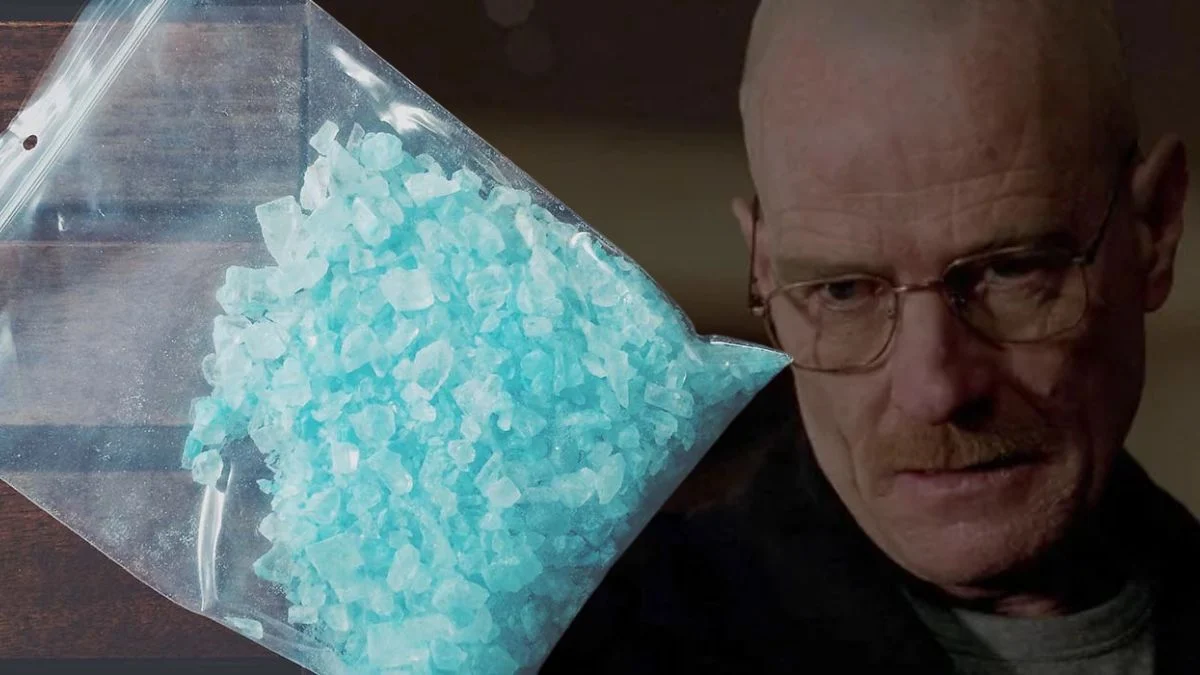
Even a well-made show like ‘Breaking Bad’ has a few mistakes that observant fans and those with a strong science background often notice. These errors sometimes involve props or actions that weren’t quite right on set, or details in the plot or science that aren’t realistic.
This list highlights common mistakes viewers notice when rewatching the show. Each entry details the error and explains exactly what happens on screen, helping you identify it during your next viewing.
Hydrofluoric Acid Eating a Bathtub and the Floor
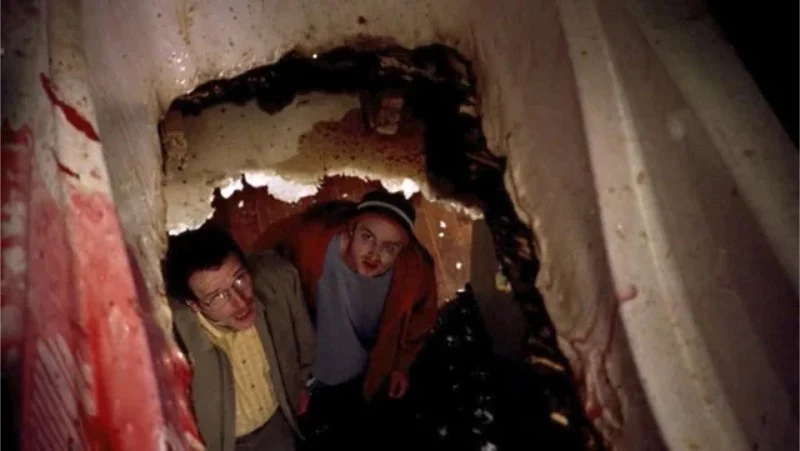
Early in the show, a body is dissolved using hydrofluoric acid in a bathtub. The tub then falls through the floor, creating a significant mess. This scene vividly demonstrates how quickly and destructively the acid can eat through materials like ceramic, metal pipes, and wooden beams, highlighting the risks of using dangerous chemicals in a small space.
Hydrofluoric acid is very dangerous, but the show inaccurately depicts its effects. While it can etch glass and slowly dissolve some materials like silica, it doesn’t quickly destroy things like ceramic or wood as shown. Ceramic tubs aren’t made of pure silica, and many plastics are resistant to it. Later episodes feature a more realistic approach using a plastic container, which matches how labs actually handle this acid.
Fulminated Mercury Handled Like a Throwing Rock
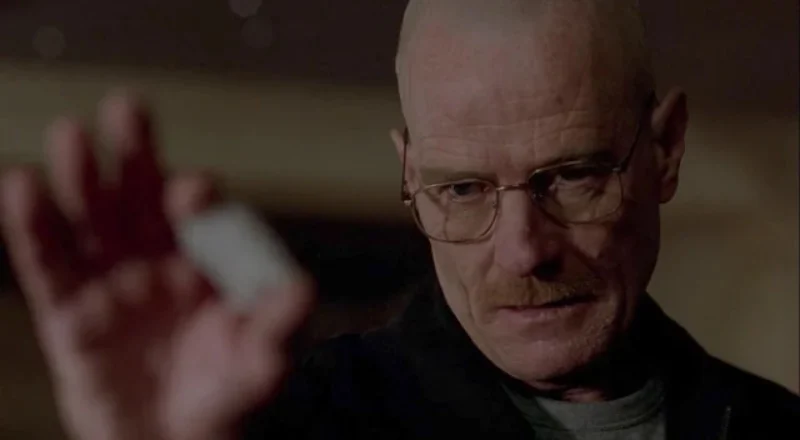
Walt enters a drug hideout and throws a crystal-like substance onto the floor, causing an explosion. This crystal is actually fulminated mercury, a highly sensitive explosive that detonates easily with just heat, rubbing, or a knock. This dramatic act shows Walt using his chemistry skills to gain an advantage during a risky confrontation.
Fulminated mercury is typically used in small, wet amounts because dry crystals are very unstable. It would be extremely dangerous – and a clear safety violation – to carry a large, dry piece and, for example, drop it on a hard surface. Furthermore, the explosive effect seen on screen appears much greater than what you’d expect from such a small amount of explosive material.
Ricin in a Cigarette as an Inhaled Poison
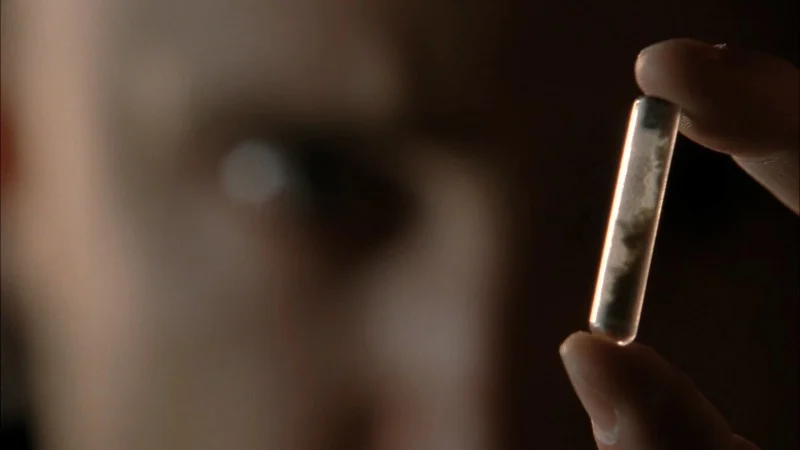
As a fan, I was really intrigued by this storyline they introduced – a cigarette laced with ricin, meant to be a silent, deadly weapon. What’s crazy is, the characters actually *believed* you could smoke it and it would kill you! It wasn’t just a one-off thing either; this idea kept coming back in later episodes, influencing what people did and sending them on a frantic hunt for that missing cigarette. It really drove the plot forward!
Ricin is a dangerous protein, but it’s not likely to survive being burned in a cigarette due to the high temperatures. The main risks come from swallowing or injecting it, or breathing in very fine particles in a controlled setting – not from typical cigarette smoke. The show eventually focuses on more realistic ways the toxin could be delivered.
Blue Meth as a Sign of Exceptional Purity
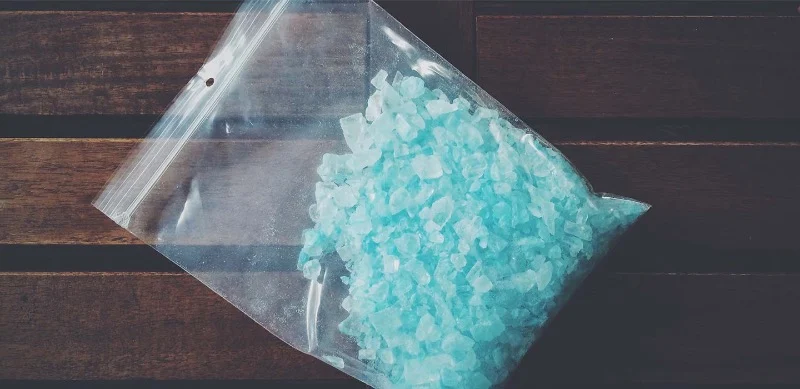
The show uses bright blue crystals to instantly identify a product of exceptional purity. This color serves as a visual cue for characters, allowing them to quickly recognize its origin. The production process is shown as precise and orderly, reinforcing the idea that the product is consistently high-quality.
Highly pure methamphetamine is typically colorless or white and forms clear to white crystals. If it appears blue, that usually means it contains impurities or added dyes – it doesn’t indicate a more refined product. While a popular TV show connects the blue color to a specific manufacturing process, that process doesn’t actually create a stable blue color in the final, pure crystal.
The Desert Battery That Cranks a Vehicle Engine
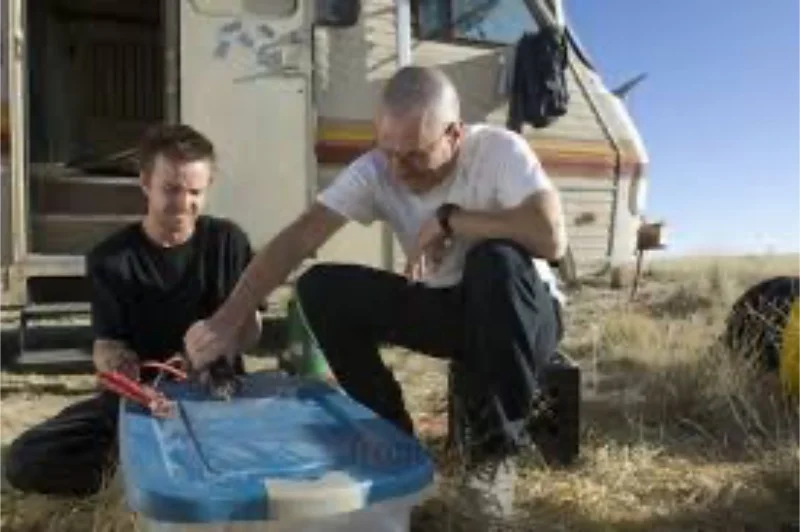
Lost in the desert, the characters build a makeshift battery using salvaged metal and electrolytes to get their RV running again. They connect several of these battery ‘cells’ together to create enough power. The scene details how they put it all together, and then shows a quick test to confirm it works and creates a spark.
Starting a car engine requires a sudden, large amount of electrical current – often over 100 amps, but only for a moment. While simple, homemade batteries like the ones demonstrated can produce voltage, they can’t provide the powerful burst of current needed to start an engine. These batteries might be able to power small devices like a lightbulb or radio, but they simply don’t have the capacity to deliver the quick, high-current surge a large engine needs to turn over.
Phosphine Gas Knockout in the RV
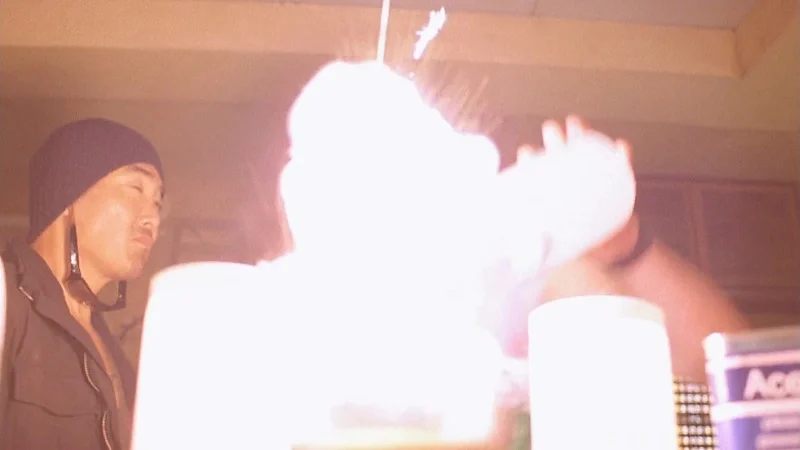
A dangerous gas is created with red phosphorus during a standoff inside the RV. The characters are quickly overcome by the gas, immediately stopping the threat. The scene highlights how the small, enclosed space and poor airflow make the situation even more perilous.
Making phosphine gas from red phosphorus is a tricky chemical process and doesn’t consistently produce large amounts. While phosphine is dangerous, it’s unlikely to instantly incapacitate everyone simultaneously unless they’re exposed for a long time in a space with poor ventilation. The RV has openings like windows and door gaps which would make the gas build up more slowly than shown, meaning the events were sped up for the sake of the story.
Magnet Heist Effects That Ignore Nearby Objects
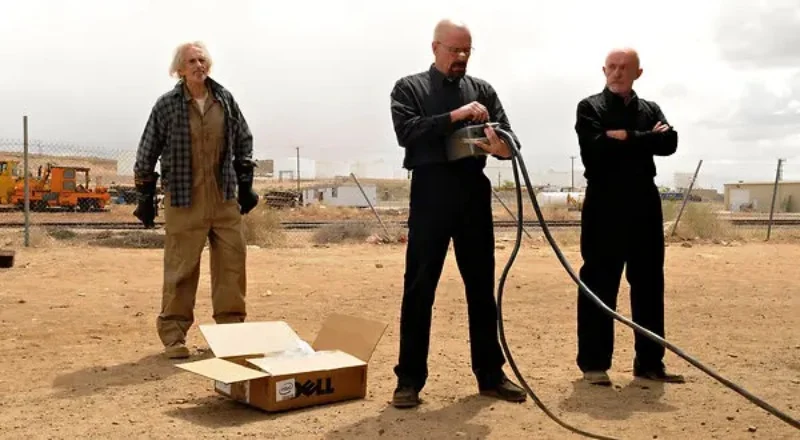
Investigators used a strong electromagnet to erase the data on a laptop kept in the evidence room. In a demonstration, the magnet precisely damaged the laptop’s electronics without harming most other metal objects nearby, until a final, dramatic failure. The team first ran a brief test, then increased the magnet’s power for a single, all-or-nothing attempt.
Magnetic fields get weaker rapidly as you move away from the source, but they still exert a strong pull on anything made of iron or similar metals nearby. If someone tried to use a powerful magnet to manipulate a computer drive through a wall, it would also strongly attract tools, furniture, weapons, and even the vehicle itself. This would make it incredibly difficult to control the magnetic force precisely, undermining the idea of a delicate, controlled operation as shown in the scene.
Lily of the Valley Symptoms vs Ricin Suspicion
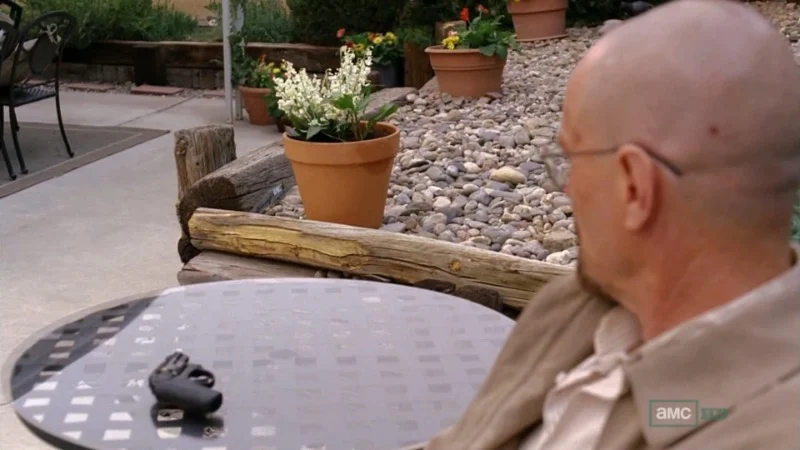
When a child gets sick, characters worry it might be from ricin, especially considering a recent disappearance and a lost cigarette. This health scare causes arguments and shifts who is on whose side. It’s eventually discovered the child wasn’t poisoned by ricin at all, but by lily of the valley growing in a backyard garden.
Lily of the valley and ricin both cause illness, but in different ways. Lily of the valley affects the heart and can cause nausea and vomiting, while ricin disrupts how cells make proteins. Because of these differences, doctors would use different tests and treatments for each. The show cleverly uses this confusion to build suspense, even though the symptoms aren’t actually as similar as the characters believe.
On Set Reflections and Crew Visible in Shiny Surfaces
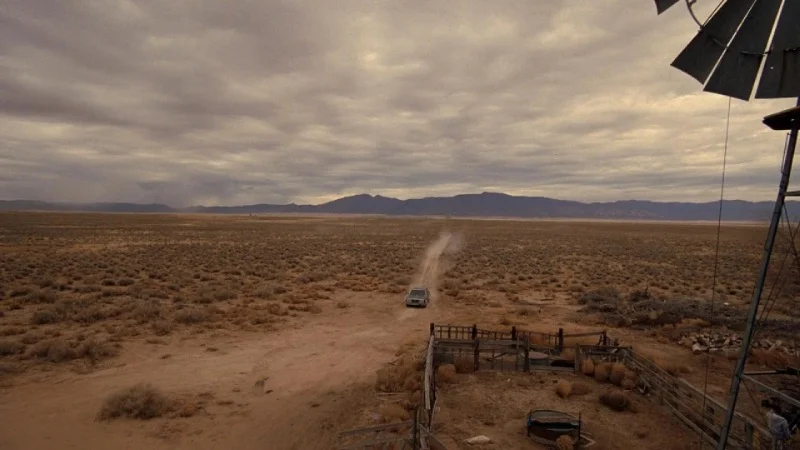
The film features many shots with reflective surfaces like car doors, chrome, and windows. Keen viewers have noticed brief, unusual shapes and movements appearing in these reflections – things that don’t belong to the people we see on screen. These quick flashes are hard to catch the first time you watch, but they become more noticeable on subsequent viewings.
Reflections in a shot can sometimes reveal the camera equipment, lighting setups, or crew members who are just outside of what’s visible. While filmmakers often use techniques like polarizing lenses or adjusting camera angles to hide these reflections, it’s difficult to completely eliminate them, especially during quickly filmed scenes in confined areas. When you pause the footage, you might notice outlines and colors that don’t belong to the world the story is trying to create.
Continuity Changes in Food, Props, and Tattoos
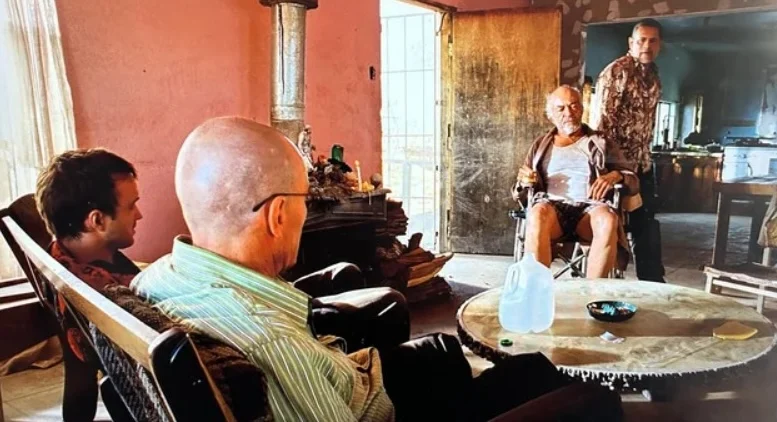
Throughout the show, you’ll often see scenes of breakfast and dinner with families. However, small details – like the position of a fork or food on a plate – sometimes change between shots. A fork might switch sides, or a bite of food might magically reappear. These are common mistakes that happen when filming multiple takes of the same scene.
Throughout the lengthy filming process, actors sometimes got new tattoos or changed existing ones. Makeup also occasionally obscured tattoos more in some scenes than others. Small props like phones, keys, and money could change size or position when extra footage was filmed. These details don’t affect the story, but observant viewers often enjoy noticing these subtle differences.
Did we overlook a funny mistake or detail you always spot when rewatching ‘Breaking Bad’? Share your favorite hidden goof in the comments and let us know where it happens!
Read More
- Silver Rate Forecast
- Gold Rate Forecast
- Красный Октябрь акции прогноз. Цена KROT
- Nvidia vs AMD: The AI Dividend Duel of 2026
- Dogecoin’s Big Yawn: Musk’s X Money Launch Leaves Market Unimpressed 🐕💸
- Bitcoin’s Ballet: Will the Bull Pirouette or Stumble? 💃🐂
- Navitas: A Director’s Exit and the Market’s Musing
- LINK’s Tumble: A Tale of Woe, Wraiths, and Wrapped Assets 🌉💸
- Can the Stock Market Defy Logic and Achieve a Third Consecutive 20% Gain?
- Solana Spot Trading Unleashed: dYdX’s Wild Ride in the US!
2025-10-13 09:21